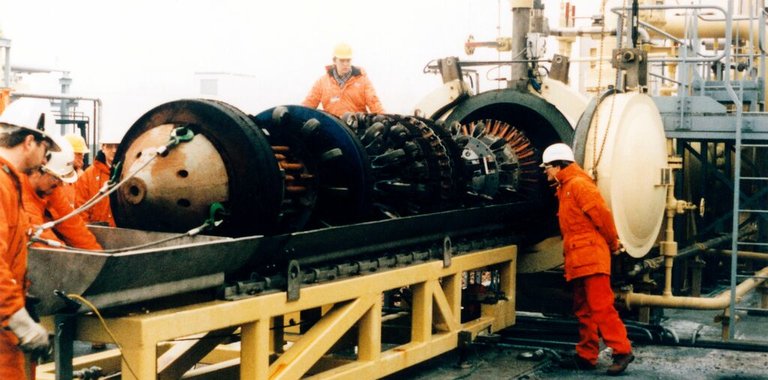
5 Common Pitfalls of Traditional Asset Performance Management (APM)
With ARMS Reliability now part of the Baker Hughes group of companies, we’ve joined forces with Bently Nevada to better tackle some of the pain points faced by asset-intensive organizations. Several of those pain points relate to Asset Performance Management (APM) and traditional approaches which often fail to deliver the expected results.
Here, we examine five common pitfalls associated with traditional APM and share the benefits of a new integrated approach.
1. Putting technology before process
When an organization embarks on a digital transformation, the first thing they typically do is look for a technology solution that will deliver their targeted outcomes. It’s the same with traditional APM.
APM is often thought of as a technology as opposed to a function or objective to be achieved. As such, most organizations approach APM as a technology project. They gather all the experts and decision makers together to identify the functional and technical requirements for an APM solution and then go to market with an RFP. This thinking is compounded by providers who market APM technical solutions based on functional requirement thinking rather than process, perhaps because it matches their offerings.
Organizations also often look for a solution that simply helps them do things more efficiently, rather than choosing to redesign their process and therein lies one of their biggest mistakes. When adopting APM, it’s important to think about the process first and how to connect all of the activities that will drive the desired performance from assets, with the least cost and risk.
2. Inability to scale
When implementing new solutions for APM, it’s common practice to conduct a pilot and test one or two technologies before deploying them across sites. These pilots are generally limited to a small number of assets or even a single asset type and while they may be successful, pilots can sometimes offer false confidence. The challenge is that the technology or approach deployed may be difficult to scale across tens of thousands of assets and/or fail to deliver the expected results.
3. Lack of content
With traditional APM, it can be difficult to generate the quality content needed to drive improvement to asset strategies and care plans. Generic content can be used to supplement and validate data but traditional library structures are not effective. Organizations need an effective process to deploy generic content in a way that supports customization for operational context and to leverage that content across like assets. Otherwise, the task of creating content can be overwhelming and create an inability to scale.
4. Siloed approach
APM comprises three key functions: Asset Strategy Management (ASM), Asset Condition Monitoring (ACM), and work execution management supported by an Enterprise Asset Management (EAM) system. The challenge with traditional APM is that these activities and the tools used to manage them are disconnected from one another, making it difficult for organizations to get a true, overarching visualization of asset health and risk. The siloed approach also impacts efficiency and makes it difficult to prioritize and optimize resources.
5. Corporate driven
APM initiatives are often driven by head office with little input from each site on their requirements. This can lead to solutions that are not fit for purpose and poor engagement from the people carrying out the work. In many cases APM technical solution implementations are executed by large system integrators who take a one size fits all approach, creating constraints and concessions through a lack of flexibility to suit local site needs. Additionally, if solutions cannot be configured to suit local requirements, people are likely to resort to workarounds which can impact compliance and risk.
Why Integrated-APM is different
With Bently Nevada, we have evolved traditional APM into Integrated APM. This approach digitally connects the siloed functions of asset management and creates an integrated program which helps organizations demonstrate compliance, reduce risk, manage costs, and deliver predictable performance.
Integrated APM also supports continuous improvement of asset care and reliability. For example, any operating context or asset changes can be reflected in asset strategies and monitoring applications in real-time. Connection to the EAM application and work management process drives any changes through to work execution in the field.
The result is a dynamic and agile approach to equipment maintenance and reliability which when compared to traditional approaches is more efficient, effective and scalable.
Download our Integrated APM Infographic to learn more about Integrated APM and how it can bring focus to your reliability initiatives and drive ROI.
Global Chemical Company Standardizes RCA Across More Than 40 Sites


